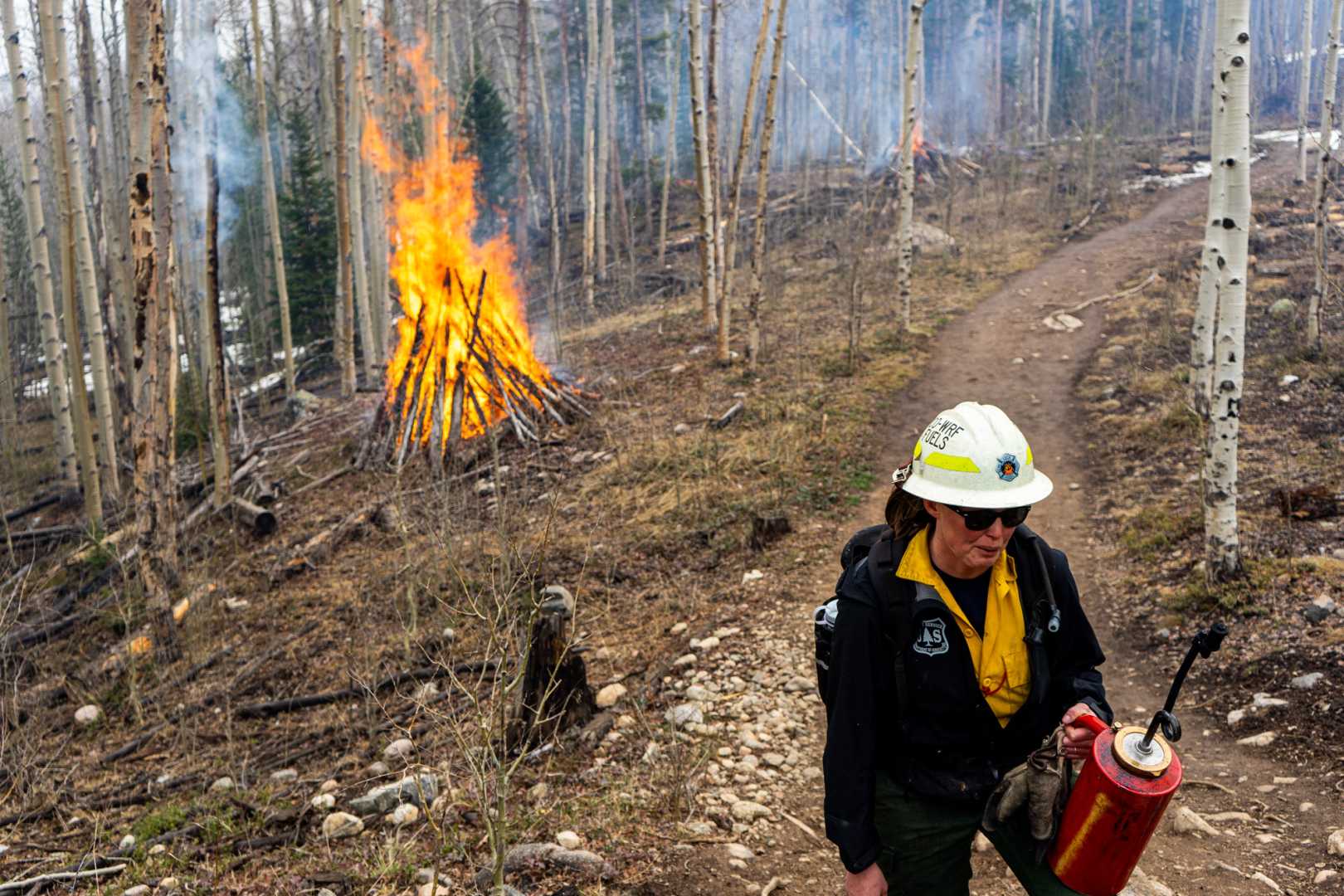News
Colorado Neighborhood Reinvents Homes to Combat Wildfire Risks

LOUISVILLE, Colorado — In the wake of devastating wildfires that reached suburban areas, residents of Louisville are taking proactive measures to protect their homes. The Marshall Fire in December 2021 destroyed over 1,000 homes in the region, sparking a community-driven effort to enhance wildfire resilience.
Residents Lisa Hughes and Ann Brennan, who both lost their homes in the fire, are spearheading initiatives to implement fire-resistant building practices in their neighborhood. “I knew about wildfires, but I didn’t think it would happen in a suburban neighborhood,” said Hughes, reflecting on the destructive power of the flames that swept through their community.
According to Jennifer Balch, a fire expert at the University of Colorado Boulder, climate change contributes to increasing wildfire risks in areas formerly deemed safe. “There’s no future I see that doesn’t have fire in it,” Balch emphasized, highlighting the urgent need to rethink home and community structures.
The concept of ‘home hardening’ is at the forefront of the safety measures. Strategies include simple actions, like clearing debris, as well as more significant renovations such as installing fire-resistant materials. “We do know that many of the most effective home-hardening strategies are also the most affordable,” said Kimiko Barrett, a wildfire policy expert from Headwaters Economics.
Brennan, after losing her home, decided to rebuild using fire-resistant fiber cement siding and a specialized roof. She has also implemented protective measures like fine metal mesh screens to keep embers from entering her home. “We saw the risk of the alternative,” she noted. A rock garden has replaced much of her previous landscaping, minimizing fuels that could catch fire.
Community engagement has been key in these efforts. The Cornerstone neighborhood has relied on shared resources and experiences to educate homeowners about wildfire mitigation strategies. Following the fire, the group has engaged in discussions about maintaining safety and has started initiatives like neighborhood clean-ups and vegetative clearing.
The neighborhood is also seeking recognition as a “Firewise USA” community, a designation aimed at promoting fire preparedness and resilience. Such initiatives aim to create a safer environment while potentially reducing home insurance costs tied to wildfire risks. “. It’s about trying to preserve the affordability of living here and keep our insurance,” said Brennan.
Even with significant improvements, residents acknowledge the ongoing threat. Barrett points out that no measure can guarantee safety against extreme fires, but that hardening homes can provide essential time for escape or firefighting efforts.
As Louisville continues to recover, the enthusiasm for building a more resilient community is creating a stronger sense of solidarity. “This situation has thrown us together,” Brennan shared, highlighting the camaraderie that has developed among neighbors.












